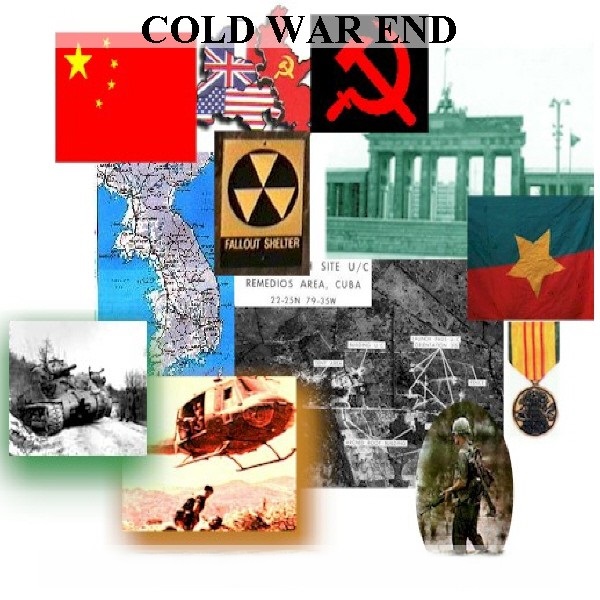
Cold War End CIA Files – Bush Administration CIA 1989-1991
$19.50
Description
Cold War’s End: CIA Analysis, 1989-1991
Timeline of Main Events (Based on “Cold War End CIA Files – Bush Administration CIA 1989-1991”)
This timeline is based on the titles and descriptions of CIA reports from 1989-1991, reflecting the US intelligence community’s perspective on the unfolding events.
- May 1988: CIA report “Soviet Policy Toward Eastern Europe Under Gorbachev” indicates a shift in Soviet control over Eastern European nations under Gorbachev’s leadership.
- September 1989: CIA report “Gorbachev’s Economic Programs: The Challenges Ahead” highlights the difficulties and potential instability associated with Gorbachev’s economic reforms (Perestroika) within the Soviet Union. Another report, “Gorbachev’s Domestic Gambles and Instability in the USSR,” further emphasizes internal challenges.
- April 1990: CIA report “The Future of Eastern Europe” suggests a significant shift in the geopolitical landscape of Eastern Europe, likely indicating the weakening of Soviet influence and the rise of independent movements.
- 1990 (Implied): Based on the report title “The Soviet System in Crisis: Prospects for the Next Two Years,” the CIA assessed a deepening crisis within the Soviet system around this period, anticipating significant challenges in the near future.
- April 1991: CIA report “The Soviet Cauldron” signifies a further escalation of internal tensions and potential conflicts within the Soviet Union.
- July 1991: CIA report “Implications of Alternative Soviet Futures” indicates that the US intelligence community was considering various potential scenarios for the future of the Soviet Union, suggesting a period of significant uncertainty.
- September 1991: CIA report “The Republics of the Former USSR: The Outlook for the Next Year” suggests the Soviet Union had either dissolved or was on the verge of dissolution by this time, with the focus shifting to the prospects of the newly independent republics.
- November 1991: CIA report “Civil Disorder in the Former USSR: Can It Be Managed This Winter?” points to concerns about potential widespread unrest and instability in the aftermath of the Soviet Union’s collapse.
Cast of Characters
This list includes the principal person directly mentioned in the source.
- Mikhail Gorbachev: The leader of the Soviet Union during the period covered by the files. The reports focus on his efforts to reform the Soviet system through Perestroika (economic restructuring) and Glasnost (political openness), and the challenges and instability these reforms faced. The CIA initially held a pessimistic view of his chances for success.
It is important to note that while the reports themselves would have discussed the actions and policies of many other individuals (e.g., within the Bush administration, the Soviet government, and Eastern European leadership), this source excerpt only explicitly names Gorbachev
Cold War End CIA Files – Bush Administration CIA 1989-1991
378 pages of selected CIA reports covering the collapse of communism in the Soviet Union and the end of the of the cold war between 1989 and 1991. Files contain selected pages from National and Special National Intelligence Estimates (NIEs and SNIEs). NIEs and SNIEs are prepared for the President, the Cabinet, the National Security Council, and senior policymakers and officials. NIEs focus on strategic issues of mid or long-term importance to US policy and national security, and SNIEs address near-term issues of more urgent concern.
Files show how the US intelligence community interpreted and predicted the rapidly unfolding events that led to the collapse of Soviet communism. Files show that the intelligence community early on took a pessimistic view of Gorbachev’s chances for success in reforming the Soviet system. Topics include: Gorbachev’s economic programs, USSR domestic instability, and withdrawal From Afghanistan.
The files used in this collection were selected by Benjamin B. Fischer of CIA’s History Staff. In 1999 Fischer chose from then newly declassified US intelligence documents covering the years 1989-1991, to present as Center for the Study of Intelligence’s contribution to a 1999 conference, “US Intelligence and the End of the Cold War.”
The reports cover the challenges faced by Gorbachev as he was attempting to enact Perestroika, the end of control of Eastern Europe, and conflict within the Soviet republics. Report titles include:
Gorbachev’s Economic Programs: The Challenges Ahead
Central Intelligence Agency, Office of Soviet Analysis, September1989,Gorbachev’s Domestic Gambles and Instability in the USSR
The Soviet System in Crisis: Prospects for the Next Two Years
The Deepening Crisis in the USSR: Prospects for the Next Year
Central Intelligence Agency, Office of Soviet Analysis, April 1991, “The Soviet Cauldron”
Implications of Alternative Soviet Futures July 1991
Civil Disorder in the Former USSR: Can It Be Managed This Winter? November 1991
Soviet Policy Toward Eastern Europe Under Gorbachev May 1988
The Future of Eastern Europe April 1990
The Republics of the Former USSR: The Outlook for the Next Year September 1991


Related products
-
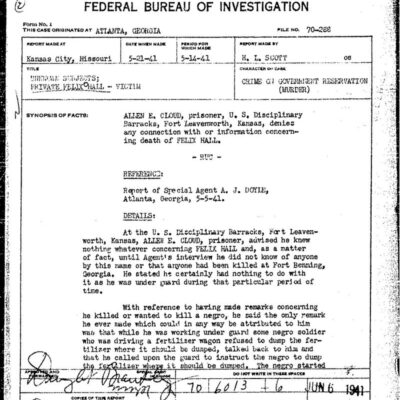
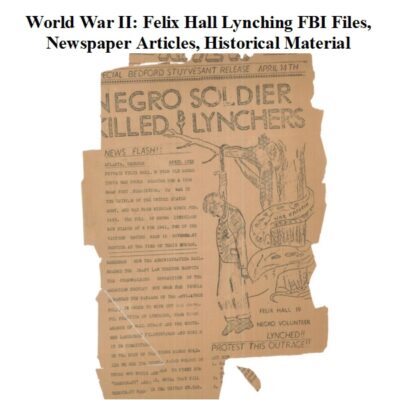
World War II: Felix Hall Lynching – FBI Files, Articles, Historical Records
$9.99 Add to Cart -
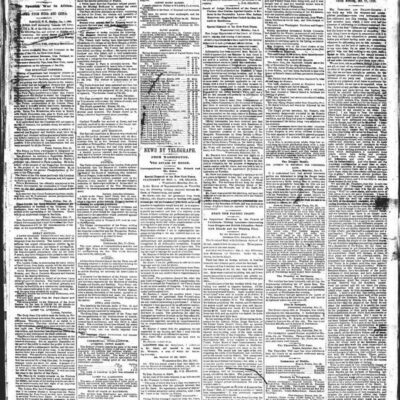
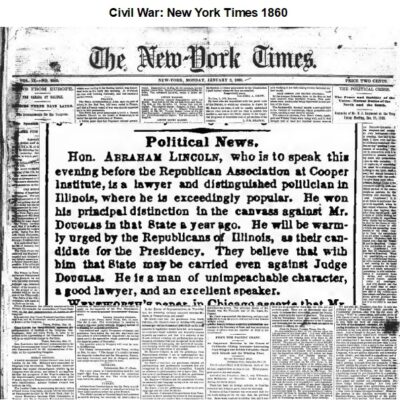
Civil War: New York Times 1860
$9.90 Add to Cart -
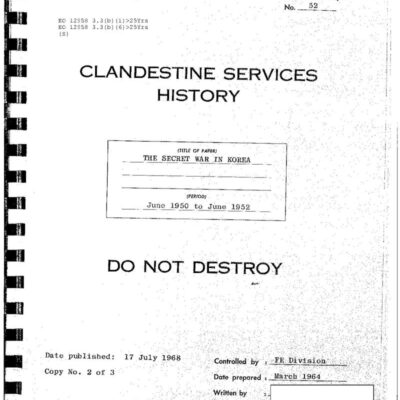
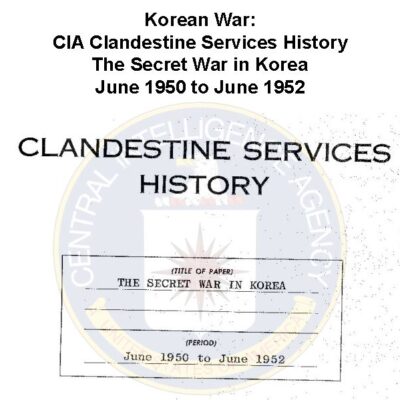
Korean War: CIA Covert Operations History – The Secret Conflict in Korea
$3.94 Add to Cart -
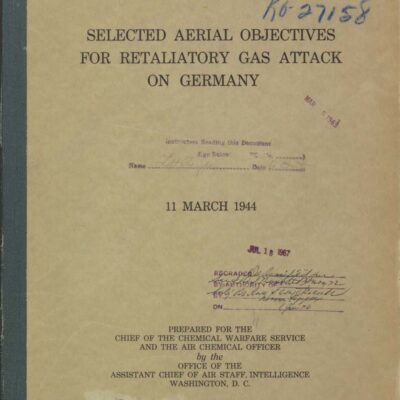
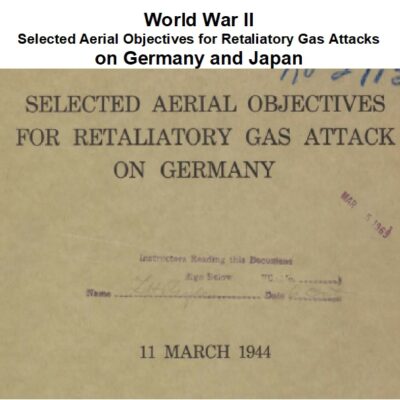
World War II: Targeted Aerial Objectives for Retaliatory Gas Attacks on Germany and Japan
$3.94 Add to Cart